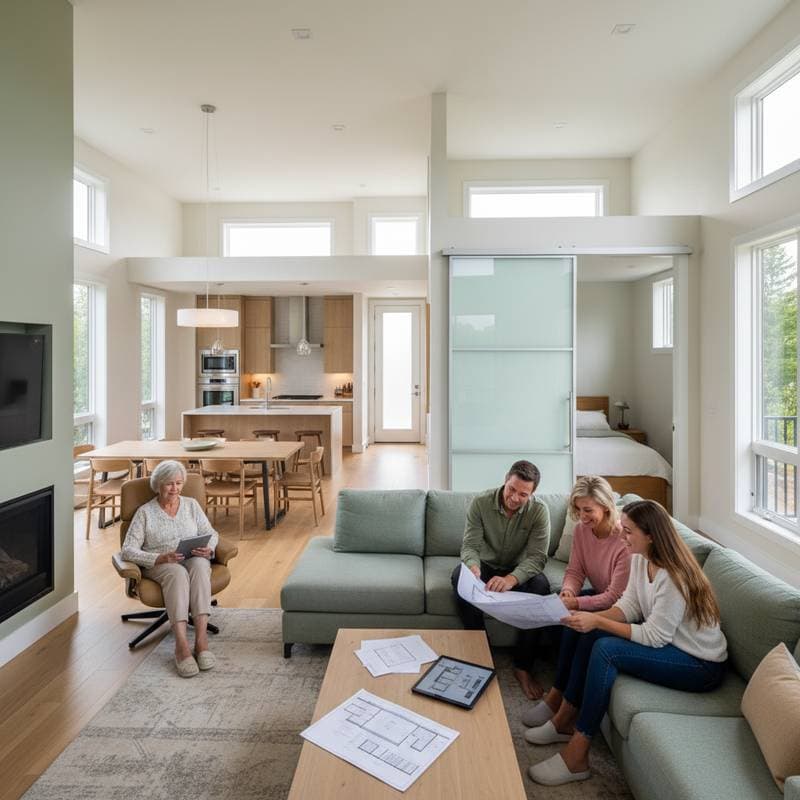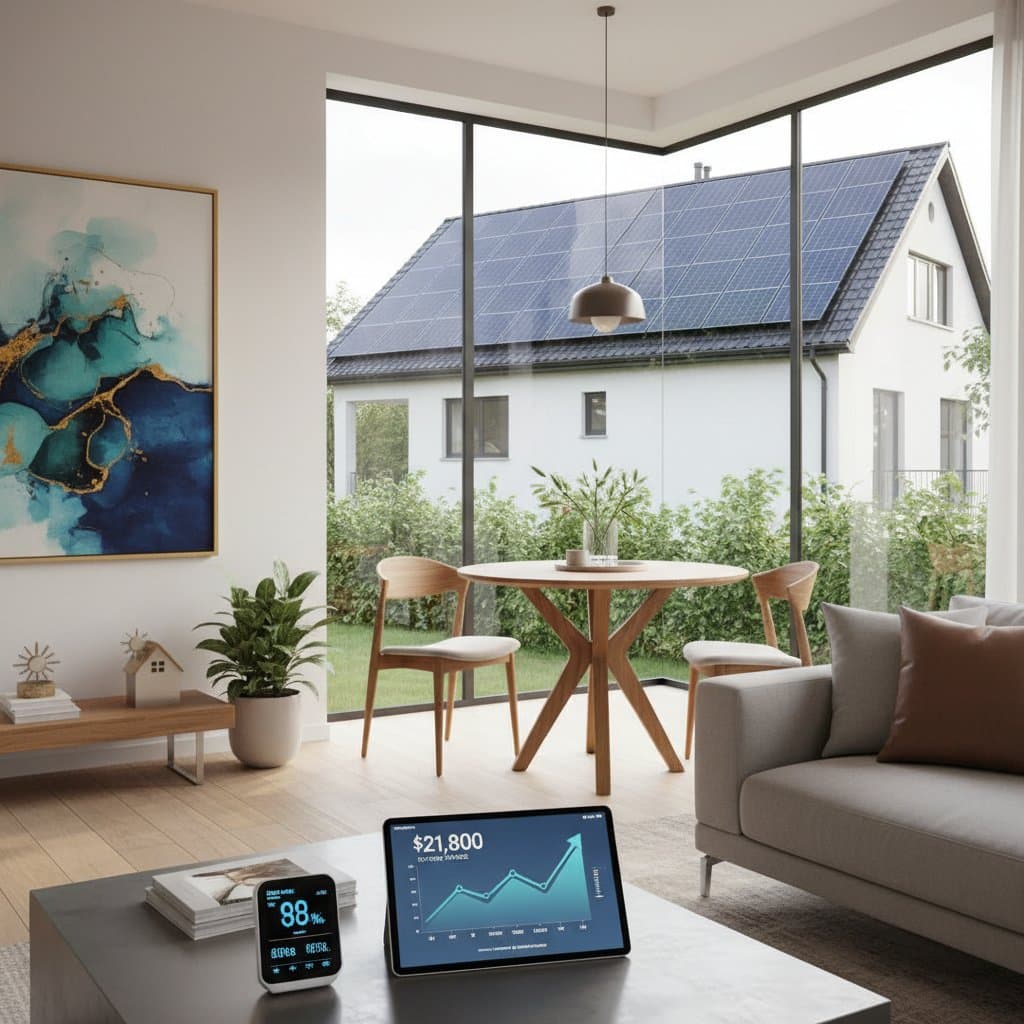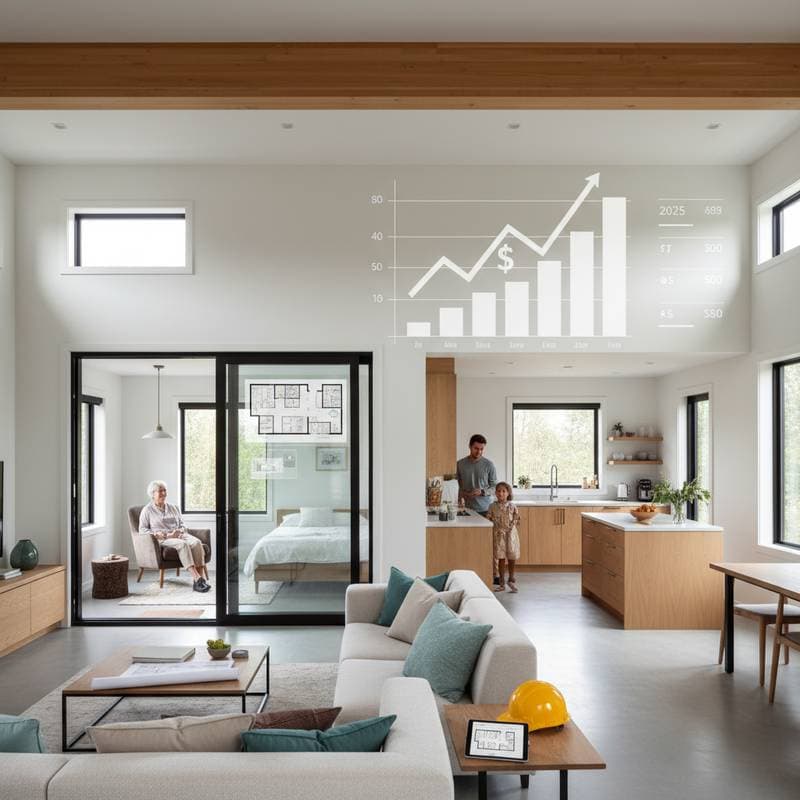Introduction to Outdoor Kitchens in 2025
Outdoor kitchens have evolved into essential extensions of modern homes, blending functionality with leisure. These spaces allow families to cook, dine, and entertain al fresco while enjoying the benefits of fresh air and natural surroundings. As demand grows, 2025 brings innovative designs and materials that cater to various budgets and lifestyles.
Planning an outdoor kitchen requires careful consideration of costs, which vary widely. Basic setups start at $8,000, while luxurious installations can reach $50,000 or more. Factors such as location, size, and customization play pivotal roles in determining the final price tag.
This guide provides a thorough breakdown to help you navigate these expenses. You will gain insights into average pricing, key components, and practical strategies to achieve your vision without overspending.
Average Cost Ranges for Outdoor Kitchens
The overall cost of an outdoor kitchen in 2025 typically falls between $8,000 and $50,000. Entry-level projects, featuring simple counters and a grill, hover around $8,000 to $15,000. Mid-range options, which include sinks and storage, range from $15,000 to $30,000.
High-end designs incorporate advanced appliances, custom cabinetry, and integrated lighting, pushing costs to $30,000 to $50,000. These figures represent national averages; actual expenses depend on regional labor rates and material availability.
To estimate your project, calculate based on square footage. Basic installations cost about $100 to $200 per square foot, while premium builds exceed $300 per square foot. This approach ensures a realistic budget from the outset.
Key Factors Influencing Outdoor Kitchen Costs
Several elements drive the price of an outdoor kitchen. Understanding these helps in making informed decisions that align with your financial goals.
Structural and Foundation Expenses
The foundation forms the backbone of any outdoor kitchen. Concrete slabs or pavers provide stability and cost $4 to $10 per square foot. More durable options, like reinforced bases for heavy appliances, add $2,000 to $5,000.
Framing and countertops follow as major investments. Modular kits offer affordability at $2,000 to $5,000, whereas custom stone or brick structures range from $10,000 to $20,000. Weather-resistant materials prevent long-term repairs, justifying the upfront spend.
Appliance and Utility Integration
Appliances significantly impact the budget. A standard grill station starts at $1,000, but built-in models with multiple burners reach $5,000. Refrigerators, sinks, and ice makers add $2,000 to $10,000 collectively.
Utilities require professional installation. Gas lines or electrical wiring cost $1,500 to $4,000, depending on distance from the main house. Plumbing for water features or sinks incurs additional fees of $500 to $2,000. These connections ensure safety and efficiency.
Material Choices and Customization
Materials dictate both aesthetics and durability. Affordable options like stainless steel counters run $50 to $100 per square foot. Premium selections, such as granite or tile, cost $100 to $200 per square foot.
Customization elevates the space. Adding bars, fire pits, or pergolas increases expenses by $3,000 to $15,000. Eco-friendly materials, like recycled composites, provide value without compromising style.
Location and Regional Variations
Where you build matters. Coastal areas face higher costs due to corrosion-resistant requirements, adding 20% to 30% premiums. Urban settings incur elevated labor rates, while rural locations benefit from lower material transport fees.
Permits and site preparation also vary. Expect $500 to $2,000 for approvals, plus $1,000 to $3,000 for grading uneven terrain. These preparatory steps safeguard against future issues.
Detailed Cost Breakdown by Component
Breaking down costs by element clarifies allocation. Here is a categorized overview:
- Countertops and Surfaces: $2,000 to $10,000. Choose based on usage; durable quartz withstands heat and spills effectively.
- Cooking Appliances: $1,500 to $15,000. Prioritize energy-efficient models to reduce operational costs over time.
- Storage and Cabinetry: $1,000 to $8,000. Weatherproof units protect utensils and maintain organization.
- Seating and Dining Areas: $500 to $5,000. Integrate bar stools or tables for enhanced entertaining capacity.
- Lighting and Accessories: $500 to $3,000. LED fixtures extend usability into evenings.
- Professional Labor: 30% to 50% of total budget. Skilled contractors ensure code compliance and quality workmanship.
This itemized list allows for prioritization. Focus on essentials first, then layer in luxuries as funds permit.
When to Hire Professionals Versus DIY Approaches
Deciding between professional help and DIY efforts depends on project complexity. Simple additions, like freestanding grills, suit DIY enthusiasts with basic tools. These keep costs under $5,000 while building personal satisfaction.
Complex installations demand experts. Electrical, gas, and plumbing work requires licensed specialists to avoid hazards and void warranties. Hiring pros adds $5,000 to $20,000 but delivers reliable results.
Consult local contractors early. Obtain multiple quotes to compare services and timelines. This step prevents surprises and ensures alignment with your vision.
Strategies to Control and Reduce Costs
Budgeting wisely maximizes value. Start with a detailed plan outlining must-haves versus nice-to-haves. This prevents scope creep during construction.
Opt for phased builds. Install core elements first, then expand later. Modular designs facilitate this flexibility without disrupting the site.
Source materials strategically. Shop during off-seasons for discounts, or consider salvaged items for unique touches. Energy-efficient appliances qualify for rebates, offsetting initial outlays.
Negotiate with vendors. Bundle purchases for appliances and materials to secure better rates. Clear communication with your team fosters efficiency and cost savings.
Maintenance for Long-Term Value
Proper upkeep preserves your investment. Clean surfaces regularly with mild solutions to prevent buildup. Seal countertops annually to repel moisture and stains.
Inspect utilities seasonally. Check for leaks or wear in gas lines and electrical components. Professional tune-ups for appliances extend their lifespan.
Protect against elements. Use covers for unused areas and trim nearby foliage to avoid pest issues. These habits minimize repair costs, estimated at $500 to $2,000 yearly for neglect.
Planning Your Ideal Outdoor Kitchen
Embark on your outdoor kitchen project with confidence. Assess your space, define priorities, and gather estimates to craft a feasible plan. The result is a versatile hub that enhances daily life and gatherings.
Investing in quality pays dividends in enjoyment and durability. With thoughtful preparation, your 2025 outdoor kitchen becomes a cherished feature for years ahead.



